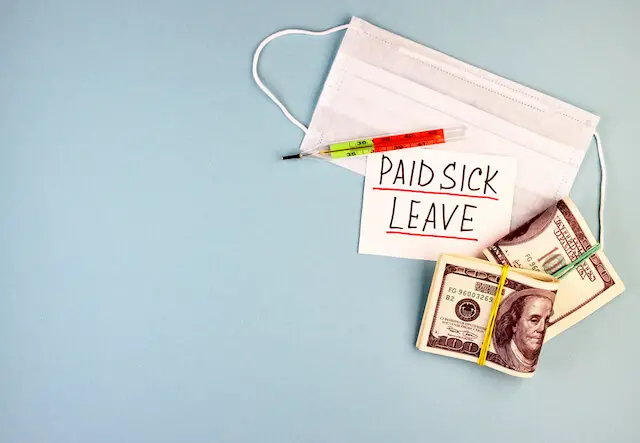A federal employee reached out to me the other day and asked an interesting question. He is retiring at the end of this year, and has a medical procedure scheduled in the next few months. This procedure will keep him out of work for about a month and he wanted to know what made more sense. Should he use annual leave or sick leave?
This is a great question and this is how I would approach the situation.
Note: I cannot speak for OPM or your supervisor when it comes to which type of leave you are allowed to use for different purposes. This article will try to analyze the pros and cons of using one or the other assuming that is an option for you.
One of the most important things to understand in this situation is what happens to each type of leave at retirement.
If any sick leave remains at retirement, it will be added to your creditable service in your pension calculation. For example, if you have 24 years of creditable service, 2087 hours of extra sick leave would make that 25 years. To find out how much creditable service your unused sick leave will add, you can use OPM’s conversion chart.
Note: This extra bump in your “creditable service” is for your pension calculation only. It will not affect your eligibility to retire. So you will have to be eligible to retire before unused sick leave gets added in.
Any annual leave that remains at retirement will be paid out in a lump sum. In most cases, this payment includes all the compensation that the employee would have received if he/she had actually used the annual leave.
So when deciding between the two types of leave, you are generally deciding between a larger lump sum at retirement or a larger pension.
Let’s do an example to see what the numbers say.
To keep things simple, let’s say that a federal employee has 160 hours of unused sick leave and 160 hours of unused annual leave and needs to take a month (4 weeks) off and will retire immediately after. This would require using (4*40) 160 hours of leave.
If he chooses to use his sick leave, he would lose any bump to his pension but would get a lump sum payment for the annual leave he still has at retirement. If his annual salary was 100k, one 4 weeks of unused annual leave would pay a lump sum of about (100k / (52 weeks in a year/4 weeks) $7,700.
If he chooses to use his annual leave this would leave his sick leave to add to his pension. If we assume his high-3 salary was 100k, he had 20 years of service, and his multiplier was 1%. His annual pension before unused sick leave would be:
100k x 20 x 1% = $20,000
When we add in 160 hours worth of unused sick leave to his creditable service, it doesn’t quite make a full month (only about 28 days per the OPM conversion chart). And because creditable service only counts full years and months in your pension calculation, these 28 days would drop off and not affect the pension at all.
Planning Tip: It may make sense to coordinate how much annual or sick leave you use to get your creditable service to a full month without any extra days.
But in efforts to see what the numbers would look like, let’s say that this fed in our example had a little more unused sick leave to add a full month to their creditable service. There pension calculation would look something like this:
100k x 20.0833 x 1% = $20,083.33
This is $83.33 more every year.
So which one would you take? A lump sum payment of $7,700 at retirement or an extra $83 every year for the rest of your retirement? Many people would take the lump sum.
For this article, I tried to keep things very simple and your situation probably won’t be this clean. Other things you’ll want to consider are taxes, inflation, and your retirement needs. For example, if this Fed retired in December, this lump sum payment would be added to this year’s salary as taxable income. And for many feds with large amounts of unused annual leave, this might push them to a higher tax bracket.
Conclusion
There are a million details and caveats that could come into play when making this decision so you will have to apply this information to your personal situation as much as possible. That being said, I hope this gives you a framework to use when approaching this decision. Planning for retirement is made up of many decisions just like this and taking each one seriously can make a huge difference now and in the future.



